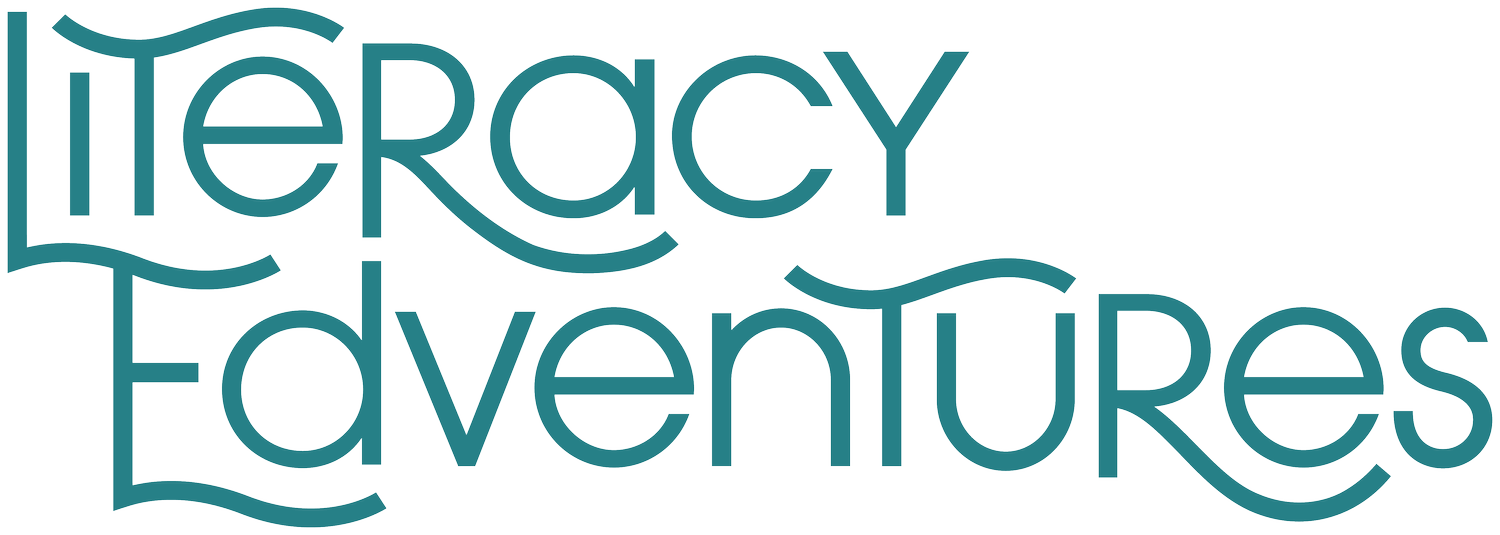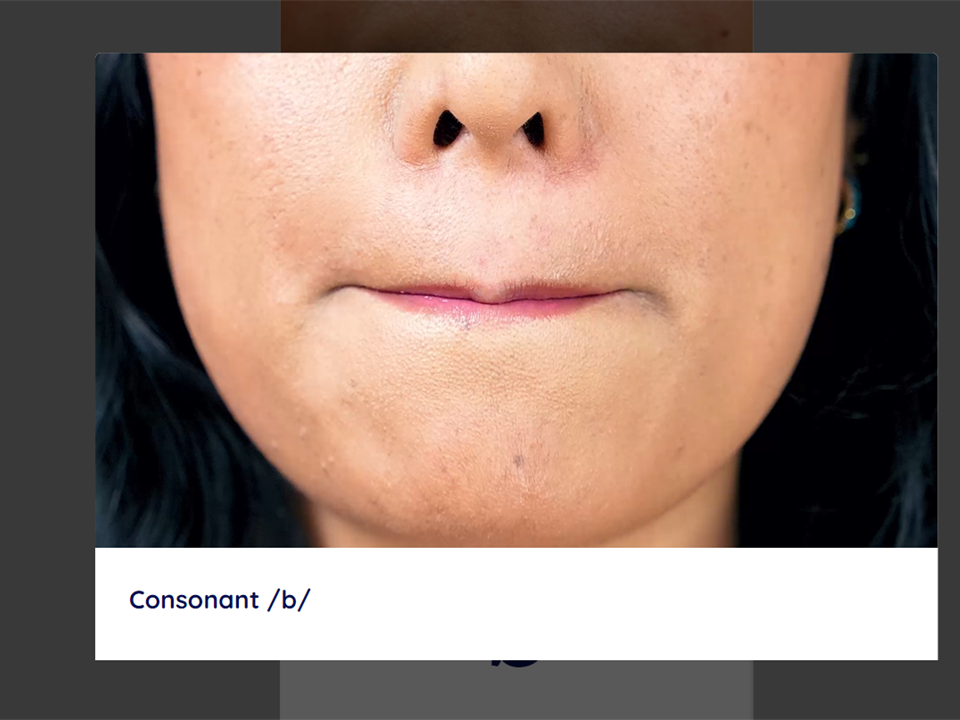My Review of Reading Horizons Sound City
This is a sponsored post. I have been paid to review this product and give my honest opinion on the overall product.
We have been talking a lot about letter sounds and the importance of building the alphabetic principle. We know that the foundational skills of letter-sound knowledge and phonemic awareness, set our students up for success. I recently had the opportunity to pilot Reading Horizon’s at-home program. We spent several days going through the program, specifically the Sound City portion. We were pleasantly surprised at the content, organization, and layout of this program. Today, I am going to break down how Sound City works and how you can recommend it to parents as a home support for your classroom learning. But before, I want to give you some background knowledge on Reading Horizons at Home.
What is Reading HOrizons Discovery?
Reading Horizons has a school version and a home-use version of their products (for information on school purchases, go to ReadingHorizons.com). Discovery is a foundational reading program focused on helping K-3 students develop phonemic awareness, decoding, and spelling proficiency. The program has interactive digital lessons on the software, as well as physical manuals and decodable texts that are available for families to purchase. Part of this curriculum is a program called Sound City.
What is sound city?
Sound City is part of the Reading Horizons Discovery® program. It consists of two components that teach students how to make the connection between speech to print. Sound City takes students through a journey of learning these sounds through the use of a virtual sound wall. It provides skill assessments, review activities, and games.
Let’s look a little deeper
Each lesson consists of a five-minute phonemic awareness lesson per day. These lessons follow the I Do-You Do-We Do method allowing students to build confidence along the way. These lessons align with the National Reading Panel recommendations.
There are 44 lessons that are delivered in explicit and systematic ways.
An Interactive sound wall that allows students to record and photograph their own sound articulation to build personal digital sound walls.
A Look Inside the Platform
When students log in, they are welcomed by Lucy, their tour guide for Sound City. Lucy is a friendly face who explains in a kid-friendly (and parent-friendly) way the importance of learning letter sounds. Lucy also returns many times throughout the lessons to talk about progress and share more information with students and parents.
The Letter Sound Lesson
After watching the welcome video, students are directed to complete their first lesson. These lessons correspond with the assigned letters from the teacher. Each lesson is presented in an explicit and systematic way. It is guided by an instructor who shares the name, shape, sound, and articulation of the letter.
The instructor begins the lesson by introducing the letter’s sound. She discusses where students might hear this particular letter sound (at the beginning, middle, or end of the word) and shares examples of some of the words we might hear with that particular sound. The lesson then focuses on the sound. The instructor discusses articulation, whether the sound is voiced or unvoiced, stop or continuous. The instructor asks students to practice the sound alongside them while the video zooms in closely for students to see the mouth formation.
Once students complete the video lesson, they are asked to record themselves making the sound and then submit that video for review. Once the video is submitted, the parent can go in and approve it. If the student pronounces the sound correctly the parent or teacher can check the sound off allowing the student to go to the next assigned sound. The student also has the option to play games allowing them to practice the sounds they are working on as well as phonemic awareness.
MY Review
“I have been piloting the Reading Horizons At-Home program (specifically Sound City) and LOVED it! The lessons are explicit and systematic, yet short and sweet. This is ideal for busy families who still want to support their children at home with the Science of Reading. I love the ability to add students, monitor their progress, and assign new lessons with the click of a button. The lessons themselves follow a structured sequence backed by the latest research. If you are looking for an easy way to have students practice letter sounds at home, this is it!”
If you are interested in using this as a homeschool parent or referring your classroom parents to this great program, click the link below and use the code Literacy15 and it expires at the end of September 2023. Click Here to get Reading Horizons At-Home





